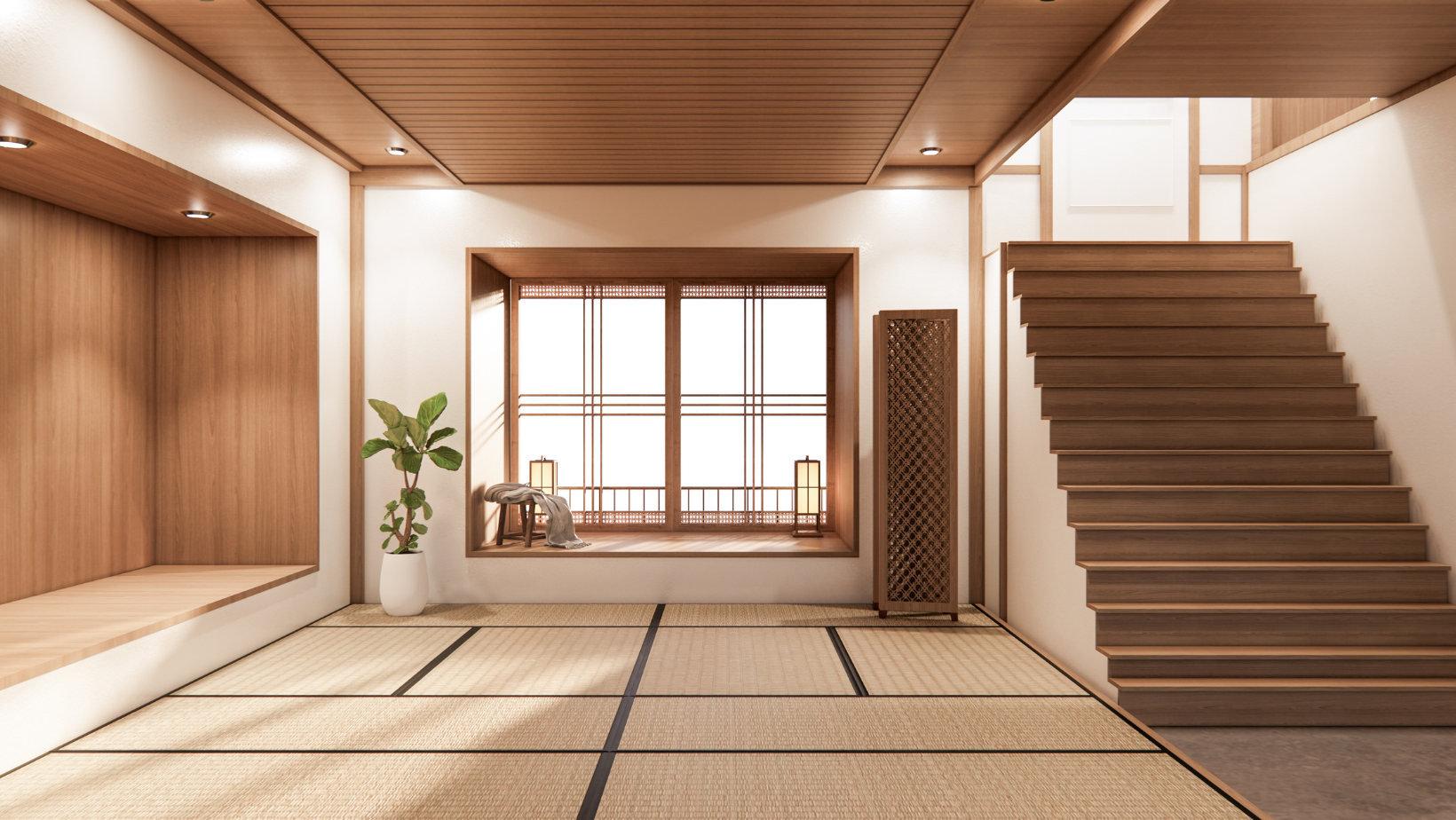How are stair treads attached? Stair treads are attached using a variety of methods, primarily through nailing, screwing, or applying adhesive, depending on the material of both the tread and the staircase. Carpet stair treads, specifically, are often secured with adhesives to prevent shifting and curling, ensuring both decorative appeal and safety on your staircase. Proper attachment not only ensures functionality but also enhances the overall design and style of your staircase.
What to Use to Fasten Stair Treads
Selecting the right fasteners for stair treads is crucial for a secure installation and maintaining the aesthetic integrity of the staircase. What to use to fasten stair treads largely depends on the stair treads' material and the staircase type, each contributing to the staircase's final look and feel.
Types of Fasteners
Adhesives offer a clean look with no visible fasteners, making them ideal for modern and sleek designs. Nails and screws, while more visible, can contribute to a rustic or traditional look and are often chosen for their reliability in high-traffic areas. The decision between these options should consider both the functional needs and the desired visual outcome.
How Are Stair Treads Secured?
Ensuring stair treads are securely attached is vital for safety and for maintaining the designed appearance of the stairs over time.
Preparation and Installation
The surface preparation is crucial for the longevity of the fasteners and the tidy appearance of the treads. For carpet treads, ensuring the stair surface is clean and even can prevent the carpet from wrinkling or lifting, which maintains the staircase's elegant appearance.
Are Stair Treads Nailed or Glued?
Choosing whether to nail or glue stair treads can affect both the durability and the aesthetic of the staircase.
Benefits of Nailing
Nailing is more traditional and can be integral to designs that celebrate craftsmanship, such as in classic or vintage homes. The visible nail heads can be used as a design element, adding detail to wooden treads.
Benefits of Gluing
Gluing provides a seamless look, ideal for contemporary designs where minimalism and clean lines are prioritized. Glue is less invasive to the stair material, preserving the pristine condition of visible wood grains or specialty finishes.
Advanced Fastening Techniques
For enhanced durability and style, combining fastening methods can be particularly effective.
Combination of Glue and Nails
Using both nails and glue not only secures the treads effectively but can also accentuate the staircase design by ensuring that treads lay flat and even, which is critical in maintaining a polished look in high-end home designs.
Ensuring Longevity and Safety
Regular maintenance ensures the treads continue to perform their function and maintain their appearance, reflecting the home's overall style and care.
Maintenance Tips
Regular checks and maintenance not only preserve the safety features of the treads but also their visual appeal. Loose or worn treads can detract from the staircase's beauty, making maintenance a key aspect of design integrity.
Conclusion
Understanding how stair treads are attached is crucial for ensuring both the safety and the aesthetic appeal of your staircase. The right attachment methods can enhance the design elements of your home, creating a functional piece that complements your overall decor.



